Eight Teaching Awards For The Faculty of Science
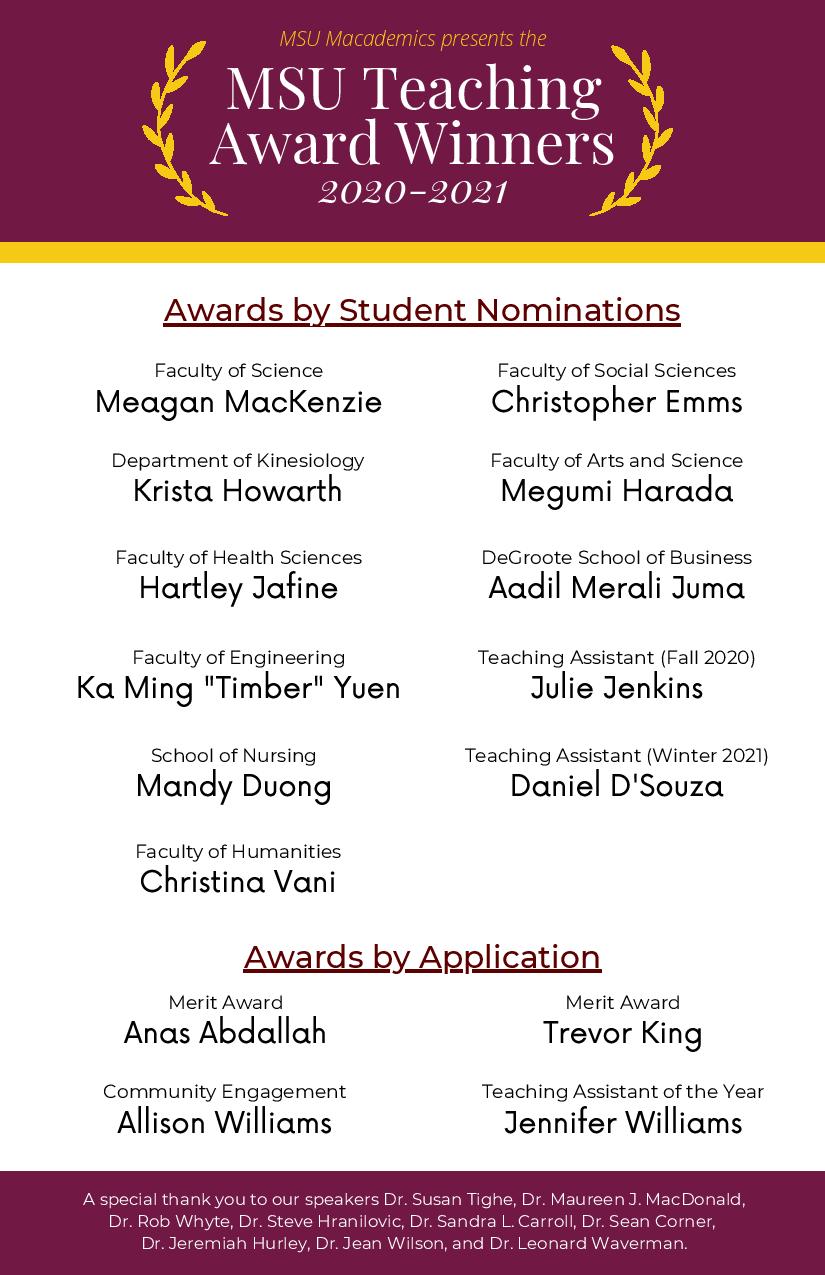
Meagan MacKenzie has capped off her first year with the Faculty of Science by receiving a teaching award from students.
Meagan, an Assistant Professor with the Department of Psychology, Neuroscience & Behavior, received the McMaster Students Union Teaching Award for the Faculty of Science. The annual awards were established by the McMaster Students Union in 1978 to recognize and encourage excellence in teaching.
Another student said “online school has been extremely difficult for me in every aspect but Dr. MacKenzie solves all my problems within her course. She is clear with what is expected and cares a lot about her students’ mental health and well-being. Her lectures are the most engaging ones I’ve attended by far.”
Meagan joined McMaster from a postdoctoral fellowship at Wilfrid Laurier University with Dr. Nancy Kocovski. Meagan completed her bachelor’s degree in psychology at Trent University and her master’s degree in social and developmental psychology at Wilfrid Laurier. She then earned a doctoral degree in experimental psychology (clinical research emphasis) at Memorial University under the mentorship of Dr. Ken Fowler.
Teaching awards were also given to Krista Howarth, Megumi Harada, Julie Jenkins, Anas Abdallah, Trevor King, Allison Williams and Jennifer Williams.
Dean Maureen MacDonald announced the Faculty of Science and Department of Kinesiology Teaching Awards during the MSU’s virtual ceremony.
“I’m incredibly proud that eight of the 15 awards went to our colleagues in the Faculty of Science,” says Maureen. “Congratulations to Meagan, Krista, Megumi, Julie, Anas, Trevor, Allison and Jennifer. These are special awards because the recognition comes from students. While this was a challenging year, you found ways to educate, engage and inspire your students. On behalf of our Faculty of Science, I’d also like to extend a very special thanks to the McMaster Students Union for recognizing and celebrating excellence in teaching”
COVID CHALLENGES & SILVER LININGS
The Faculty of Science’s MSU Teaching Award winners were asked what they found most challenging about teaching online and whether there were any silver linings with virtual learning.
Julie Jenkins
Biggest challenge:
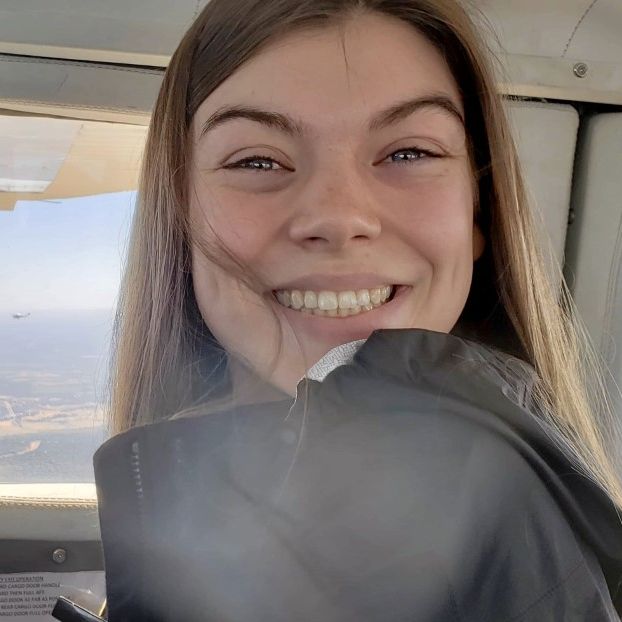 “The biggest change would have to be figuring out how to navigate online teaching so that the live sessions didn’t feel like watching a video for students. There are lots of things I missed about being in Julie Jenkinsperson with my students–feeding off of their energy in class makes a big difference when teaching, and sometimes teaching to blank boxes can be exhausting. I found that I had to be far more intentional about how I got informal feedback from students throughout a class–or after classes–to gauge how students were doing, and measure how successful a lesson was. This often looked like polling frequently and creating some optional modules for feedback to remain “in touch” with the students throughout the course.”
“The biggest change would have to be figuring out how to navigate online teaching so that the live sessions didn’t feel like watching a video for students. There are lots of things I missed about being in Julie Jenkinsperson with my students–feeding off of their energy in class makes a big difference when teaching, and sometimes teaching to blank boxes can be exhausting. I found that I had to be far more intentional about how I got informal feedback from students throughout a class–or after classes–to gauge how students were doing, and measure how successful a lesson was. This often looked like polling frequently and creating some optional modules for feedback to remain “in touch” with the students throughout the course.”
Silver lining:
“The discussion in class is an amazing feature, which I will have to find a way to incorporate into my teaching once we return to in person classes! This feature allowed me to learn my students names, the programs they were in, what they had trouble with and what they enjoyed. It let me talk directly to students, and even better, to have them talk back. The feature allowed me “recognize” them even more so than if I was teaching live. In a way, online teaching was a great opportunity to develop a relationship with students. The medium enabled a real sense of togetherness within the class–arguably, the greatest victory of the semester. Students got to connect with each other over mathematics, both by supporting each other through tricky problems and celebrating each others’ successes.”
Trevor King
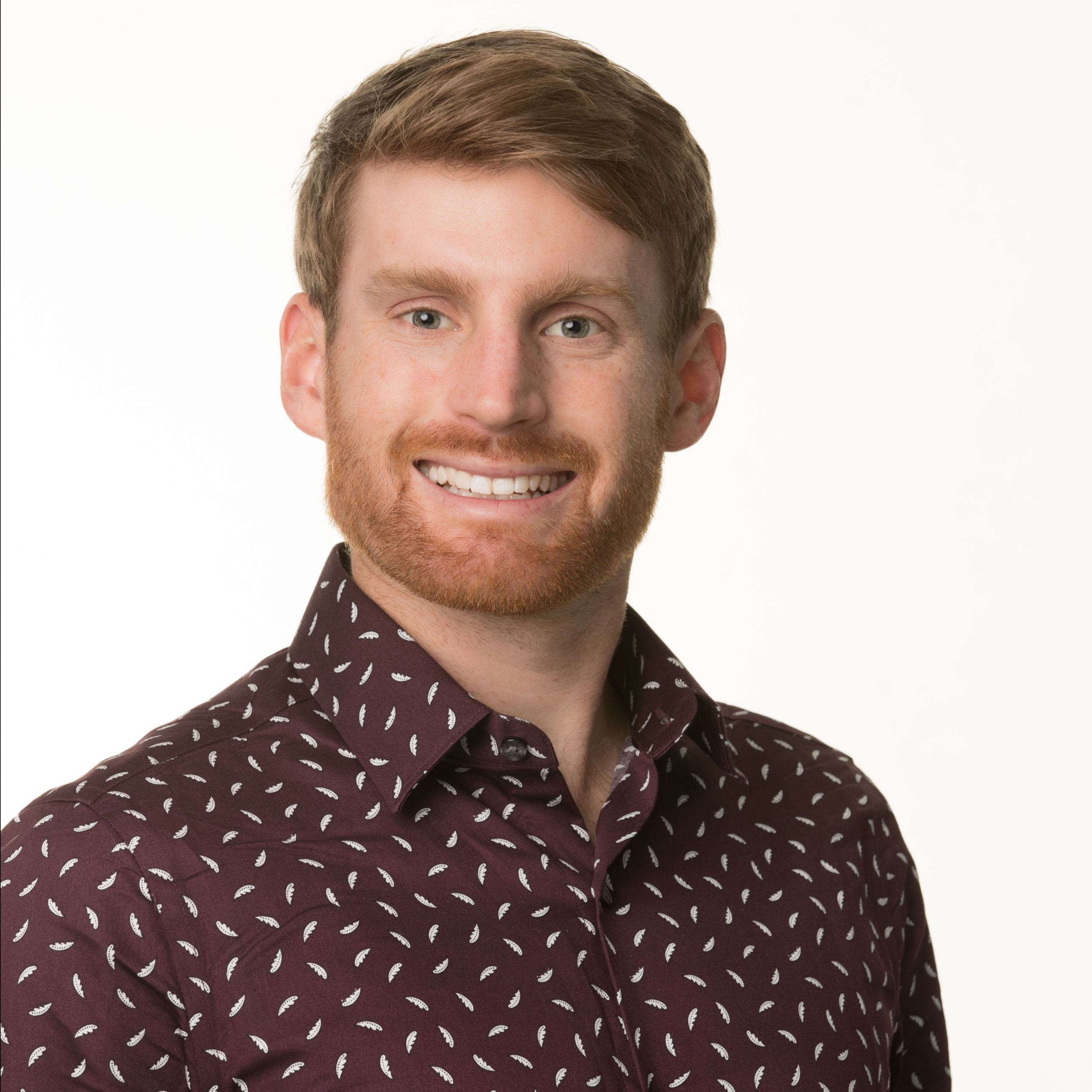 Biggest challenge:
Biggest challenge:
“Moving to a hybrid synchronous and asynchronous class design was my biggest challenge. This move allowed me to focus my asynchronous classes on new content and my synchronous classes could focus on problem- solving using that content.”
Silver lining:
“The recording of all lectures greatly increased accessibility.”
Meagan MacKenzie
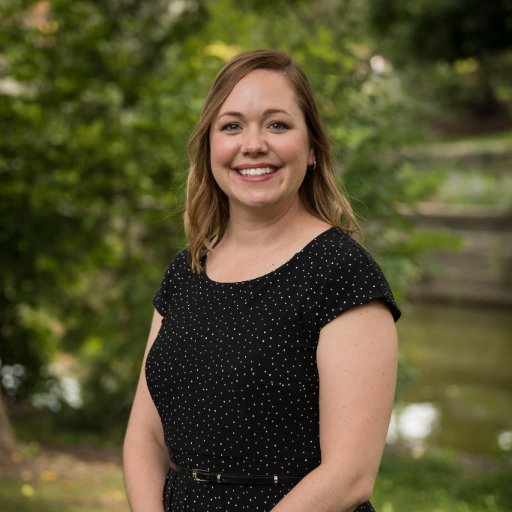 Biggest challenge:
Biggest challenge:
“The biggest change I had to make was to get used to having less nonverbal feedback in class. I quickly realized how much I had previously relied on eye contact, nodding, and smiles in class to Meagan MacKenziegauge whether students were learning the concepts I was presenting. Instead of being able to check in visually, I had to build in comprehension checkpoints in my online lectures. For example, I would use Mentimeter – a free live polling tool – to present a survey or a poll after asking questions to see if they understood. I also encouraged students to turn on their webcams whenever possible and asked them to share their thoughts or answers in a chat window. These changes had the added bonus of increasing student engagement!”
Silver lining:
“The silver lining was that we all learned to present more accessible material. Making sure that my lectures had captions/transcripts and making recorded lectures available on Avenue after class has meant that students who may have previously had difficulty now have better access to class material. Students with various accommodations have reached out to tell me that these changes have helped them. Students with other obligations like work or family are now able to watch lectures at their convenience. I’m looking forward to getting back into the classroom where I can bring these changes with me.”
Anas Abdallah
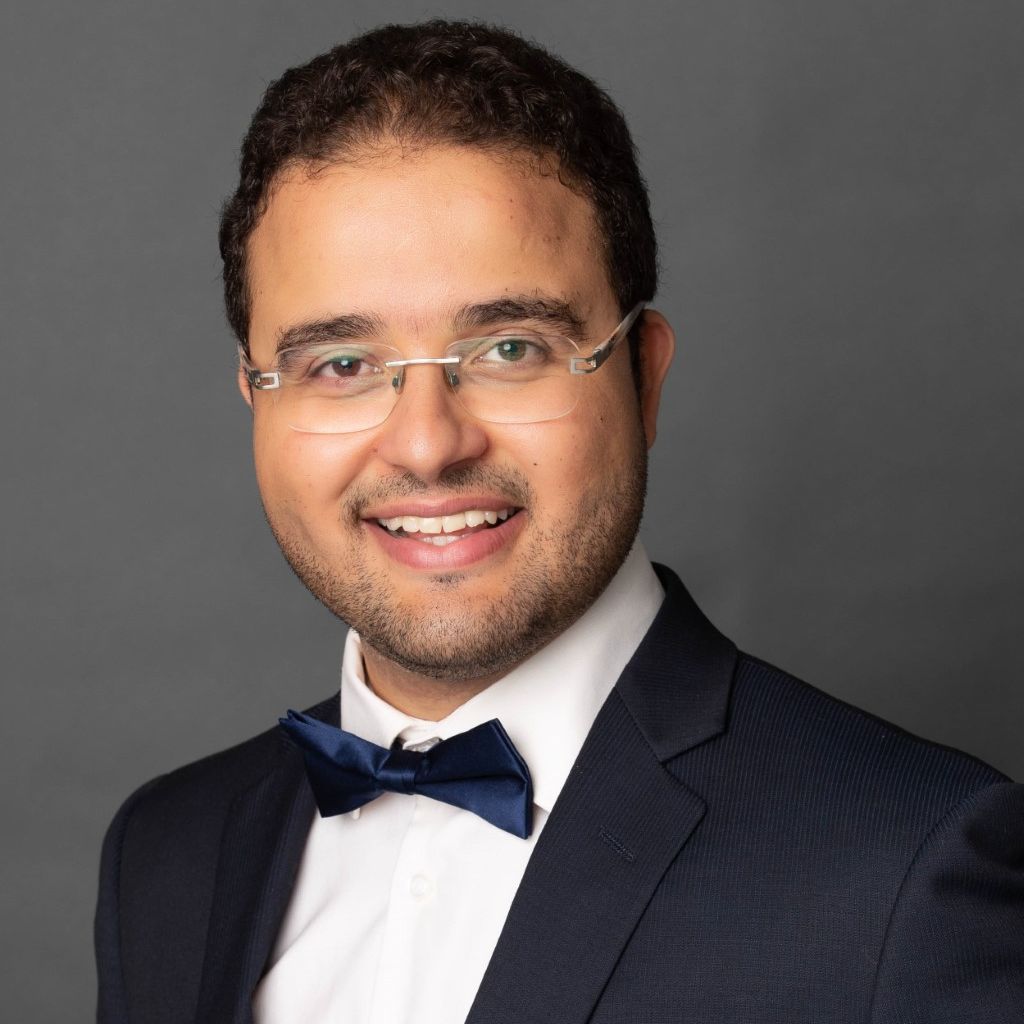 Biggest challenge:
Biggest challenge:
Anas Abdallah”The biggest change I had to make was to adapt the course delivery and examination to the online environment. For this, I adopted a new routine and learned more about e-technology. I am grateful that the McPherson Institute offered many learning opportunities to support us in this journey. Another adaptation was to maintain student-to-student interactions and allow for a social learning component, even in a virtual context. These interactions, combined with ongoing opportunities for feedback and increased instructor and teaching assistant availability, helped keep the students engaged which is key for their success at the University.”
Silver lining:
“One of the unexpected benefits of remote teaching was the very positive reaction to the recorded lectures. The students greatly benefited from this and they were able to watch and re-watch the lectures at their own rhythm and with closed captioning. It made the education and learning more accessible to everyone. Another silver lining to remote teaching and learning was to observe the solidarity within the students and with the instructor during online lectures (in case of technical issues for example). It gave the impression that we were all on the same team, trying to overcome this situation, and that was truly refreshing. Lastly, remote teaching and learning was the opportunity for many students to develop some professional skills as autonomy, adaptability, and resilience, which are important elements for their transition and success in the workforce.”
Krista Howarth
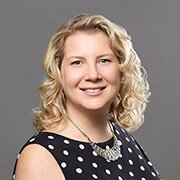 Biggest challenge:
Biggest challenge:
“The biggest change was figuring out how to make engaging asynchronous lectures that could still spark that excitement for learning in my students, along with the development of ‘hands-on’ Krista Howarthlaboratory experiences that students could do at home or in groups online with their peers.”
Silver lining:
“I think my courses are more accessible than they have ever been. Students from across the world are participating in the same course with more flexibility in the learning process than ever before.”
Jennifer Williams
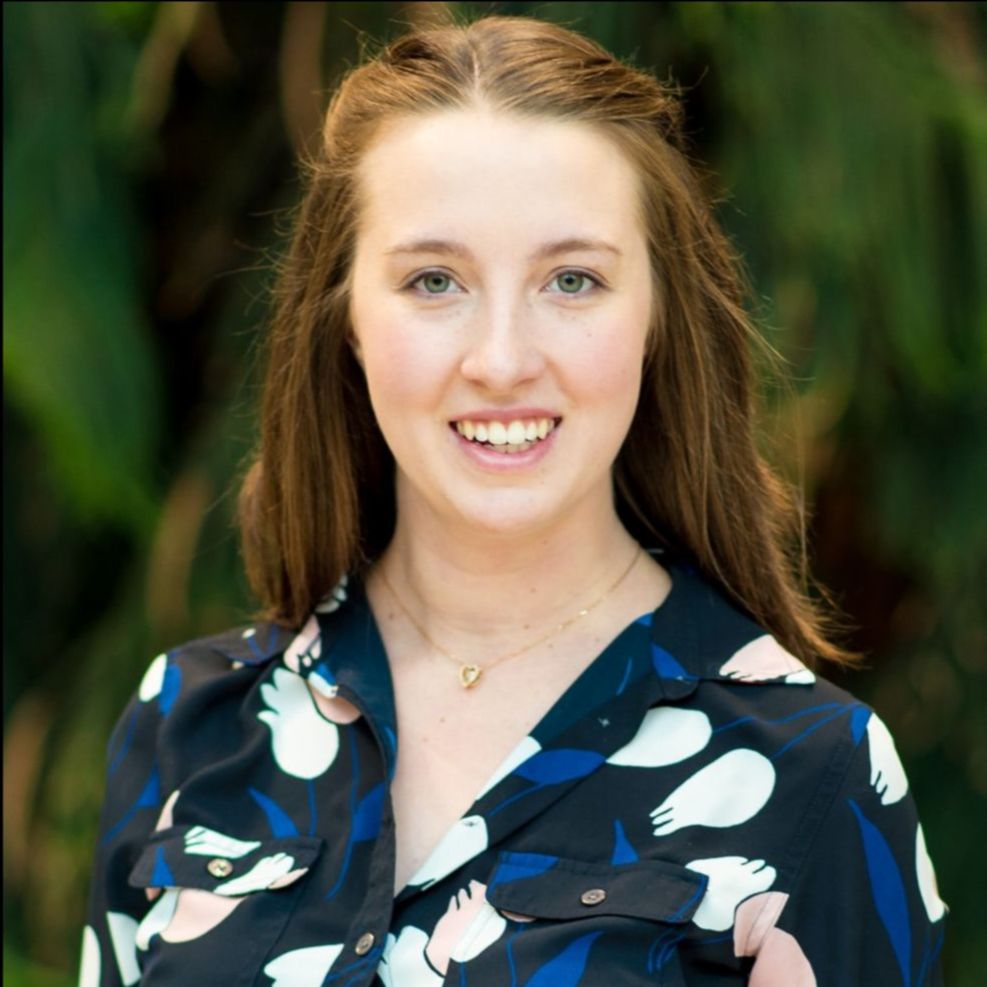 Biggest challenge:
Biggest challenge:
“I was a Teaching Assistant for Kinesiology courses that largely involved lab components. So the biggest change the teaching team had to make was getting creative about how to showcase Jennifer Williamsexercise tests virtually. In response to this challenge, I made interactive H5P modules that included videos of myself doing submaximal and maximal exercise testing and showed the real-time data collection alongside. Students watched and engaged with the modules while working in small synchronous groups, similar to what we would experience in-person.”
Silver lining:
“As a Teaching Assistant, I felt I was able to connect more with my students on a one-to-one basis, through our synchronous lab sessions, office hours, and discussions in-between. While I miss the opportunity to have a more hands-on teaching approach with our Kinesiology labs, I’m thankful that the virtual space seems to have removed some physical barriers to seeking help, with students often sending a quick question over Teams chat or hopping on a video call to explain a concept. Another ‘silver lining’ was with the lab modules we created because they were available asynchronously after our lab sessions. Students could go back to rewatch portions of the lab which would not have been available in-person.”
Allison Williams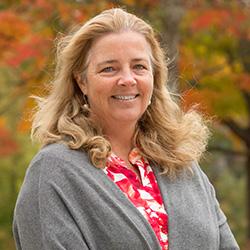
Biggest challenge:
“Getting my basement space heater to keep me warm, even with my plaid granny blanket and fashionable ski toque in tow!”
Silver Lining;
“Changing up my fourth-year ‘Geographies of Public Health’ course to a student seminar, which allowed experiential learning to thrive amidst the rolling out of a global public health emergency.”
Megumi Harada
Biggest challenge: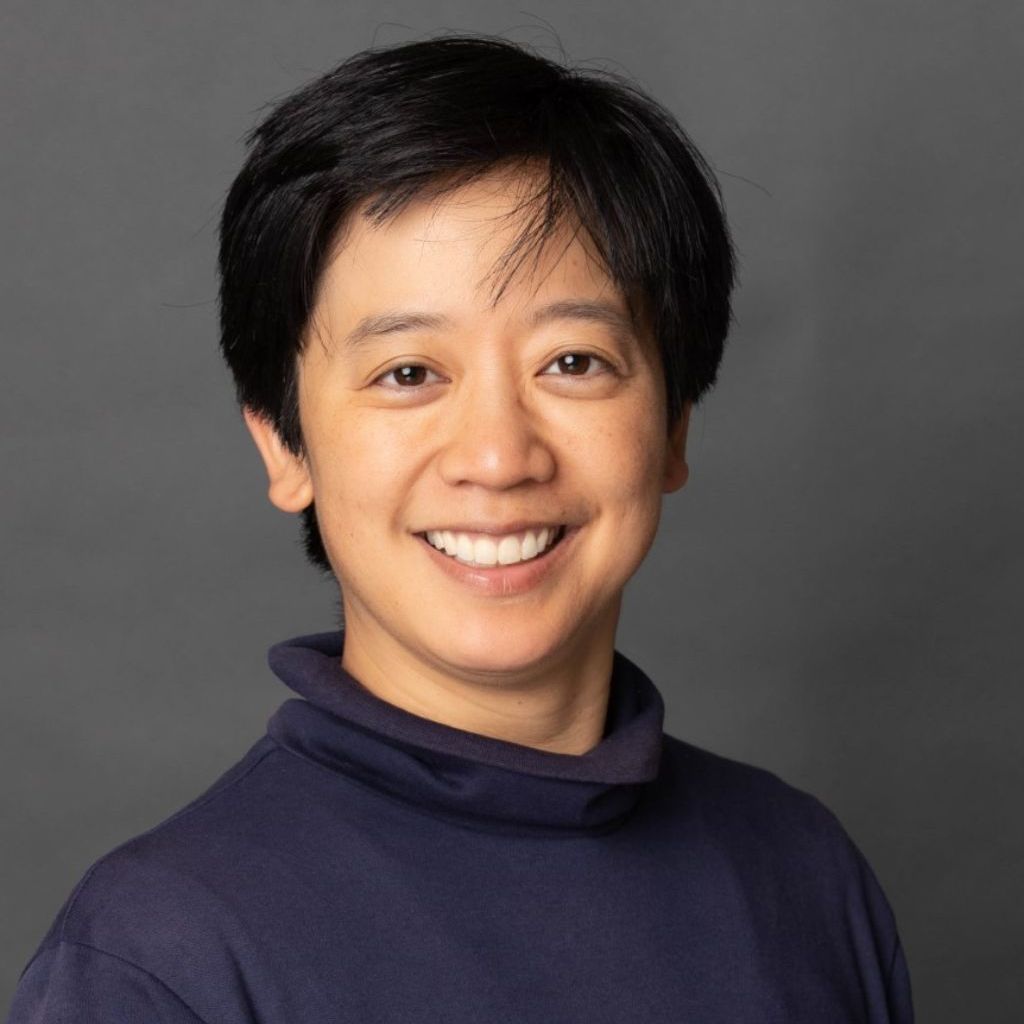
“I was forced to rethink how to help students one-on-one. I am accustomed to having an office overflowing with students during office hours when we are in a traditional in-person learning environment. In the past, my office hours were where a whole lot of questions were answered, lots Megumi Haradaof concepts clarified and where students and I did a lot of bonding, chatting, and just getting to know one another as human beings. That all had to change with COVID-19 and virtual learning. Virtual Zoom office hours just weren’t cutting it, so, on my own time, I implemented an additional and optional course-specific Help Centre held twice weekly in the evenings on Zoom. My students had an open invitation to drop by and hang out. This was separate from, and in addition to, my more formal office hours. At the Help Centre, I wasn’t necessarily doing all the talking and it was accepted that sometimes everyone would just be silent, working on their homework and would only ask questions or make comments when they felt the need to do so. It was really nice that I didn’t feel pressured to constantly be talking; it allowed me to relax, and I think that also relaxed the students. It was just a laid-back, supportive environment in which the students knew that I or a teaching assistant was available when they needed me. It was also totally okay for us to talk about non-course-related stuff. They would tell me what was going on in their other courses or in their lives, and that was okay too. It was a new way to connect and it seemed to work. Many students expressed appreciation for the Help Centre.”
Silver lining:
“One silver lining was that I discovered that my students really don’t mind listening to pre-recorded lectures. What they value about the one-on-one, direct human interaction with me is not the delivery of the course material but rather the opportunity to ask questions, get clarifications on the material and get guidance and feedback on their assignments. What is most valuable about the fact that they have a living, breathing, human course instructor is, well, the actual interaction that they experience with me — or in other words, the ability to have a conversation, to take part in an organic give-and-take. I think I might have guessed this even before COVID forced me to go entirely virtual but actually living the experience this year has really brought this lesson home for me.”
Related News
News Listing
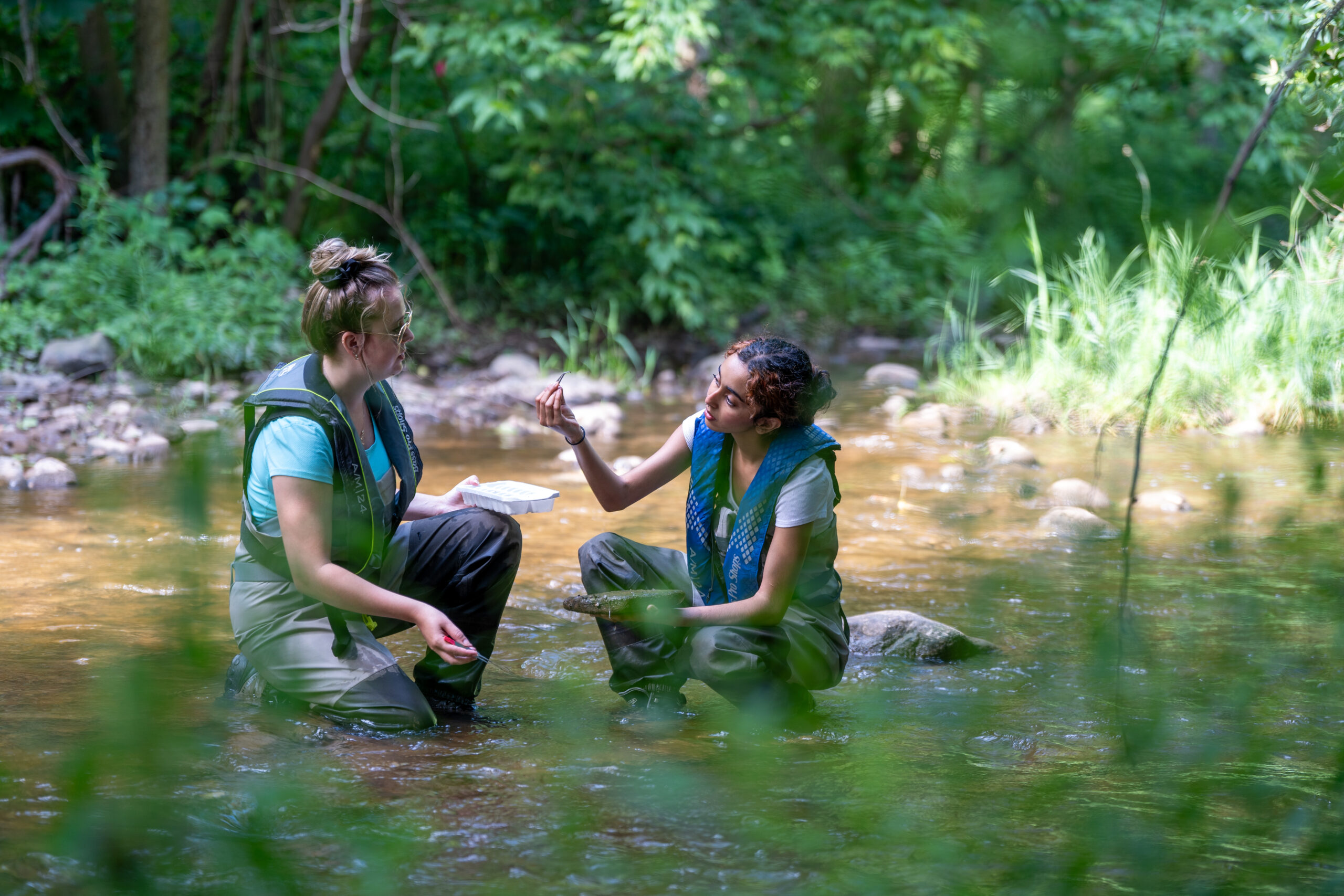
Science Careers & Experience Centre: Empowering Science Students for Success in 2025 and Beyond
Careers & Experience, Community
January 7, 2025
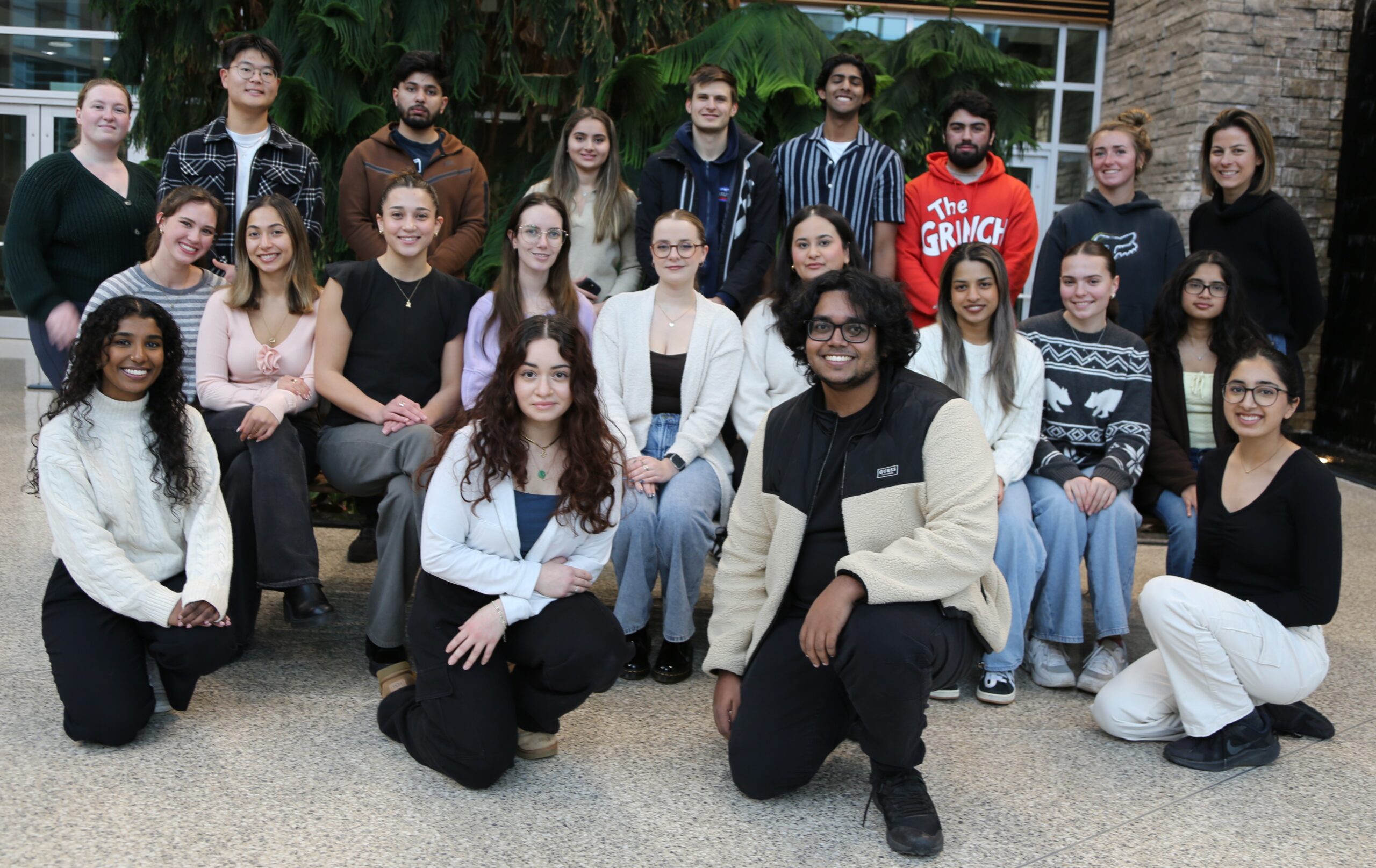
To understand it, teach it – students take nutrition science course on the road
Community, Student experience, Students, Teaching excellence
December 3, 2024
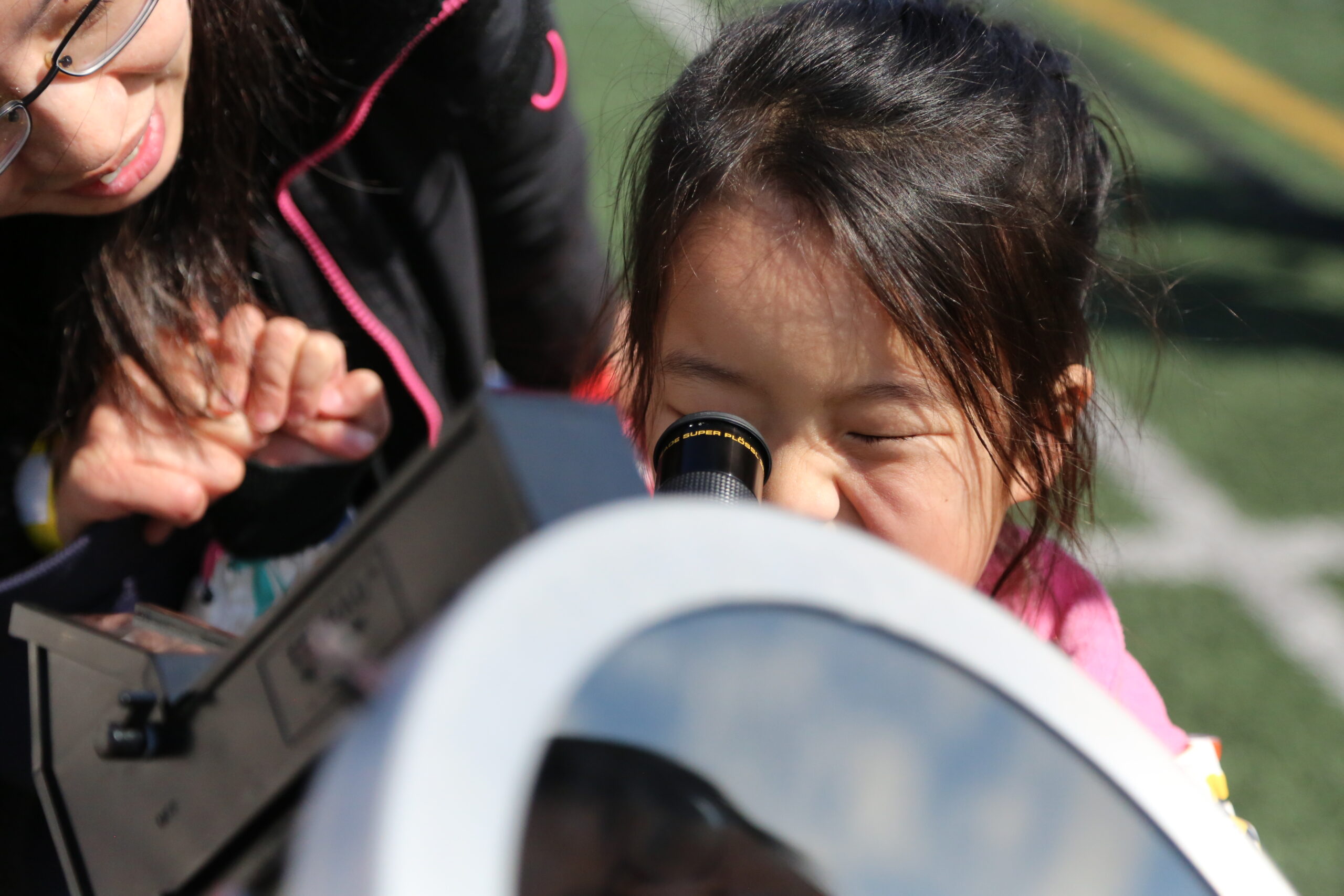
Physics and Astronomy grad students offer out-of-this-world view at total solar eclipse viewing party
Community, Engagement excellence, Graduate students
April 8, 2024
